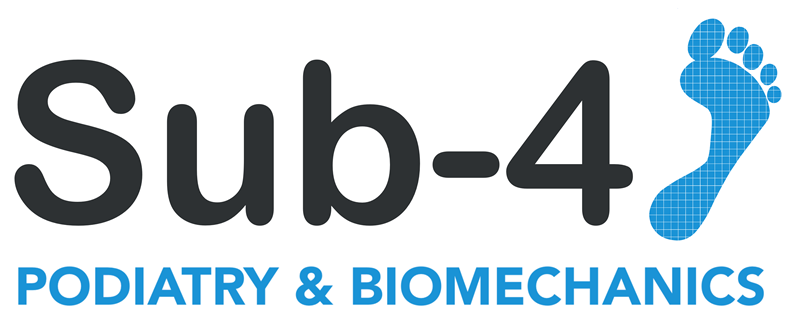Heel pain can be a persistent issue affecting daily activities. Explore common causes, symptoms, and effective remedies below.
1. Plantar Fasciitis
Plantar fasciitis, inflammation of the tissue connecting heel bone to toes, causes stabbing pain near the heel.
2. Achilles Tendonitis
Inflammation of the Achilles tendon, the large tendon at the back of the heel, leads to pain and swelling.
3. Heel Spurs
Bony protrusions on the underside of the heel bone, heel spurs can cause pain when walking or standing.
4. Tarsal Tunnel Syndrome
Compression of the posterior tibial nerve can lead to heel pain, tingling, and numbness in tarsal tunnel syndrome.
5. Stress Fractures
Microscopic cracks in the heel bone due to repetitive stress can result in persistent heel pain.
Recognizing Symptoms
Common symptoms include sharp pain, tenderness, swelling, or a dull ache in the heel, particularly during weight-bearing activities.
Pain is often most pronounced in the morning or after prolonged periods of rest.
Understanding Plantar Fasciitis
Plantar fasciitis commonly presents as stabbing pain near the bottom of the foot, especially with the first steps in the morning.
Prolonged standing or activity may exacerbate the pain, and the heel may feel tender to the touch.
Dealing with Achilles Tendonitis
Achilles tendonitis manifests as pain and swelling at the back of the heel. Stiffness and limited ankle movement are common.
Pain may worsen during physical activity, and a noticeable thickening of the tendon may be present.
Addressing Heel Spurs
Heel spurs may cause intermittent or chronic pain. Discomfort is often felt while walking, running, or standing for extended periods.
X-rays can confirm the presence of heel spurs, which may or may not be the primary source of pain.
Tackling Tarsal Tunnel Syndrome
Tarsal tunnel syndrome exhibits pain, tingling, or numbness along the inner side of the ankle and heel. Symptoms may worsen at night.
Factors like flat feet, varicose veins, or an abnormal structure can contribute to nerve compression.
Managing Stress Fractures
Stress fractures in the heel bone result in localized pain, often during or after physical activity. Swelling may or may not be present.
Rest is crucial for recovery, and in severe cases, a cast or walking boot may be recommended.
Effective Remedies
Effective remedies depend on the underlying cause. Here are some general approaches for managing heel pain:
1. Rest and Ice
Give the affected heel ample rest and apply ice to reduce inflammation and alleviate pain.
2. Supportive Footwear
Wear shoes with proper arch support and cushioning to provide relief and prevent further strain on the heel.
3. Stretching Exercises
Perform regular stretching exercises to improve flexibility and reduce tension in the muscles and tendons around the heel.
4. Over-the-Counter Pain Medications
Non-prescription pain relievers like ibuprofen or acetaminophen can help manage pain and reduce inflammation.
5. Orthotic Inserts
Consider using orthotic inserts to provide additional support and cushioning for the heel.
6. Professional Evaluation
If heel pain persists or worsens, seek professional evaluation from a healthcare provider or a podiatrist for a comprehensive diagnosis and personalized treatment plan.
Heel pain can significantly impact daily life, but understanding its causes and adopting appropriate remedies can lead to effective relief and improved foot health.
Remember, understanding the specific cause is crucial for targeted treatment and long-term foot health.
The best solution is to book an appointment with a professional podiatrist who can help get top the root of your pain. Book Here
Visit Our Facebook page for more information Here
